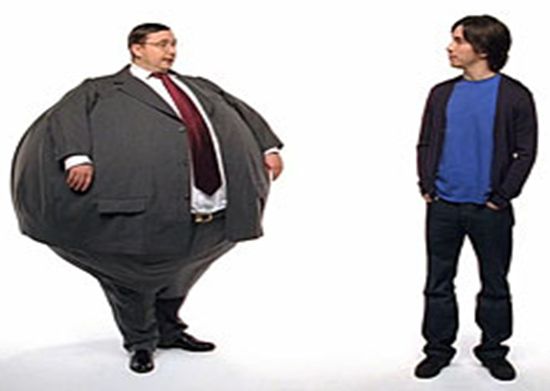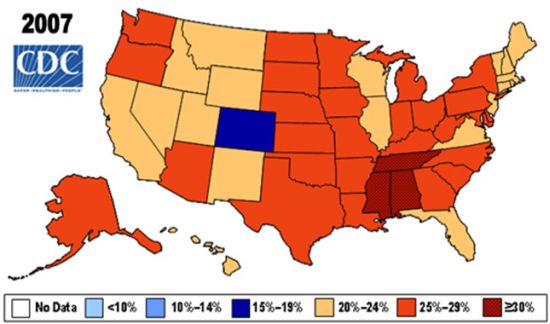
Climate change and obesity are the most talked about issues today. No one is left untouched by them. However, a relationship between the two is surprising. New findings state that obesity is one of the reasons contributing to climate change. On the contrary, staying slim is good not only for your health but also for the welfare of the planet.
A research recently conducted by the London School of Hygiene and Tropical Medicine states that overweight and obese people lead to climate change.
How is obesity and climate change related?

Image Source: WordPress
Some people might find the relationship between obesity and climate change surprising. However, it is true. Following are some of the ways in which obesity causes climate change:
• Obese people consume more food, which in turn causes more carbon emissions resulting from extra food production (20% of greenhouse emissions result from agriculture).
• Obese people create a greater load on transport vehicles and hence more fuel is used.
• It is more difficult to move around in a heavy body as compared to a slim body. So obese people are more likely to travel by car; hence, using more fuel.
• Eating habits of obese people also increase fossil fuel consumption, with more chemical fertilizers being used, food processing plus packaging and cross country shipping being some of the reasons for the increase.
Slim Vs. Obese

Image Source: Calorie Lab
• Edwards and Ian Roberts carried out a study and published it in the International Journal of Epidemiology. They compared a population of 1 billion lean people, with weight distributions equivalent to a country such as Vietnam, with 1 billion people from richer countries, such as the US, where about 40% of the population is labeled obese. The fatter population needed 19% more food energy for its energy requirements, they found.
• Every obese individual is responsible for about a ton of CO2 emissions per year more on an average than each thin person, adding up to an extra billion tons of CO2 a year in a population of one billion overweight people.
• The greenhouse gas emissions from food production and car travel for the fatter billion people were estimated at between 0.4bn and 1bn extra tons a year. That is a significant amount in comparison with the world’s total emissions of 27bn tons in 2004.
Statistics
WHO’s latest projections indicate that globally in 2005:
• Approximately 1.6 billion adults (age 15+) were overweight.
• At least 400 million adults were obese.
• WHO further projects that by 2015, approximately 2.3 billion adults will be overweight and more than 700 million will be obese.
• At least 20 million children under the age of 5 years are overweight globally in 2005.

The above chart shows the obesity rate in various states in the U.S. in 2007. Obesity rate is highest for U.S. being more than 30%.
Addressing obesity globally and nationally

Image source: SBS
The above given statistics clearly signals that obesity is a huge problem and is getting worse day by day. Immediate action is required to tackle this problem. Various suggestions have been given, some of them really weird, like feeding the obese people to the polar bears or narrowing the doors of McDonalds so that obese people cannot pass through. However, this problem demands much more than this. The problem has to be addressed globally as well as individually.
Addressing obesity globally:
Involvement of international institutions and forming new agreements and policies may help tackle this problem. Some solutions offered are:
• The World Health Organization (WHO) is a key institution at this level. Its primary focus is on developing food and agricultural policies aligned to promote public health and multi-sectoral-policies that promote physical activity, as well as generally providing information.
• A joint program of the United Nations Food and Agriculture Organization and the WHO aims to help governments protect the health of consumers and ensure fair trade practices in the food trade.
Addressing obesity nationally:
These include national policies aimed at healthier food production, for example:
• U.K’s restrictions on TV advertisements for junk foods.
• To tackle obesity among American youth, the US Institute of Medicine (IOM) has come up with a voluntary nutrition standard for “competitive” food and drinks sold in schools. Already a healthy school meals program is covered by federal nutrition guidelines.

